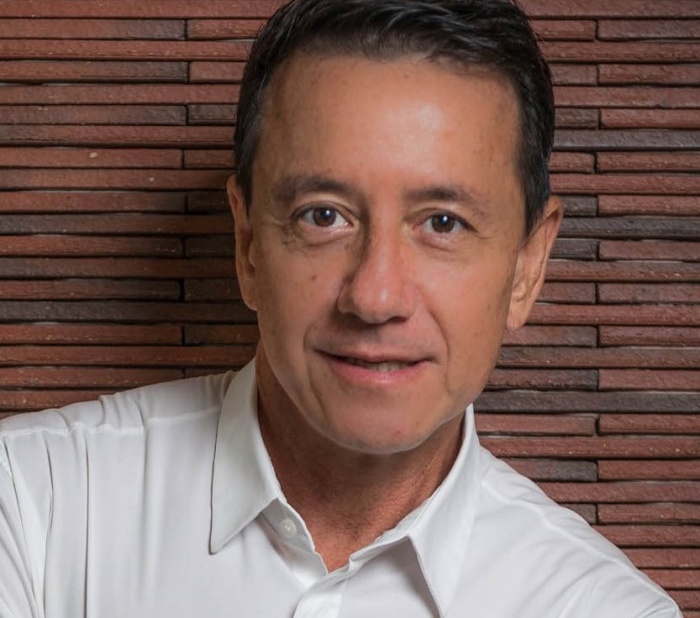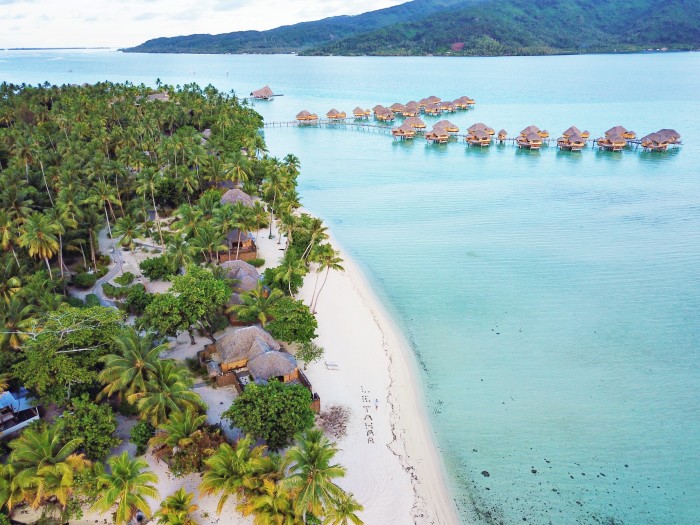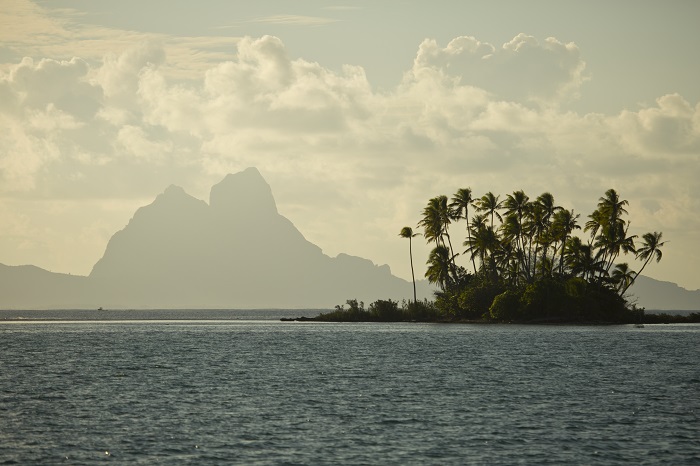
Breaking Travel News interview: Jean-Marc Mocellin, chief executive, Tahiti Tourisme
A near-mythical destination for many European travellers, French Polynesia has overcome the worst impacts of the Covid-19 pandemic and is again rebuilding its tourism sector.
At its heart is the island of Tahiti, the hub for the wider region, which is preparing for the upcoming summer season.
As Jean-Marc Mocellin, chief executive of Tahiti Tourisme, tells Breaking Travel News, life is back to normal in the country, with the market preparing for an influx of well-heeled guests over the coming months.
“Tahiti originally reopened in July last year, driven largely by the French and United States markets – this was very successful, filling up all the islands,” explains Mocellin.
“However, we are not an independent country, we rely on France; when they had a surge of Covid-19 cases over the winter we were forced to close.
“Tahiti itself saw a wave of Covid-19 from March to August this year, but we are now back to normal.
“Curfews have been removed, while 70 per cent of the population has been fully vaccinated.
“Transit through America has now reopened, and to travel through the United States, you need to be vaccinated – this has helped drive-up vaccination rates in Tahiti.”
ADVERTISEMENT
However, with Covid-19 continuing to prove an unpredictable foe, a small number of measures do remain in place to keep guests safe when they arrive.
For example, travellers seeking to reach a second island within French Polynesia having arrive in Tahiti currently have to show proof of a complete Covid-19 vaccination.
A pass sanitaire will also be introduced on December 1st, though this will only be utilised on internal flights.
Unless the pandemic accelerates again, it will not be required to enter cinemas, restaurants and elsewhere, as is currently the case in France.
This reflects the wider picture between Tahiti at its European administrator, with the destination able to tread its own path through the pandemic.
“There was good co-ordination between the authorities in France and the representatives in Tahiti – a lot of negotiations behind the scenes,” continues Mocellin.
“Our local leadership has been in favour of keeping the destination open, while the French High Commissioner is ultimately responsible for the health and security of the local population.
“The French authorities were thus more cautious.
“However, as opposed to the departments of Martinique or Guadeloupe, which are subsidised by France, we are semi-independent and rely on our own resources.
“All the furlough schemes, the benefits people received to help overcome Covid-19, were funded by the local government.”

Although Tahiti is now reopening, there is no desire to drive visitor numbers dramatically upward as there is in much of the global hospitality market.
Perhaps uniquely, the destination has placed a cap on arrivals, preferring to focus on attracting a small number of wealthy guests and encouraging them to stay for a prolonged visit.
Mocellin explains: “Tahiti is not seeking volume when it comes to arrivals, as we never have.
“We have capped the total number of tourists at 300,000 per annum; the same number Venice receives every day, as least pre-Covid-19.
“Everybody has heard of Tahiti, but number of people who come is very small.
“This is something we want to maintain, with the level capped for the next five years at least.
“We would like to see people stay longer, to focus on slow tourism.”
In part the cap is to ensure the local population of Tahiti remains onboard with the tourism sector, limiting its impact on the destination.
“The population has to be totally involved, to benefit from tourism,” says Mocellin.
“This is in contrarst to some destinations, where outside investors take the majority of the profits; the population of French Polynesia must benefit.
“If they start to see too many tourists, or the sector starts to impact on their way of life, they will reject tourism.
“They would have no problem doing so, they have not been waiting for tourism to improve their lives, they are ready to live without tourism if needs be.”
He adds: “That said, the population of Tahiti has a legendary sense of welcome, they love sharing the islands.
“What separates the destination is that sense of culture; you need to be accepted and respect the way of life of the islands.
“This is the true asset of the island, and if we want to continue to offer it, we have to control numbers and make sure we bring the local population along with us.”

Tahiti Tourisme has launched a number of initiatives to let the world know the destination is back on the map.
Working with agents remains a priority, while a new advertising campaign is designed to pique interest.
“We have launched a new campaign - Reconnect with the World.
“Whereas previously Tahiti was seen as distant and expensive, this is now an asset, it becomes an advantage as we are isolated, protected from the pandemic,” adds Mocellin.
“We have products, small hotels, cruises, that keep people away from large groups – we are the exact opposite of mass tourism.
“All of our activities are outdoors, which gives people a chance to reconnect with the world, their family and their loved ones.”
He adds: “We work closely with agents and have just launched a new online training programme as the market reopens.
“Agents are important partners for us, and we bring as many as we can down to the islands in order to help us sell the destination – they are an asset for us.”
Of course, no discussion of tourism would be complete without reference to sustainability, and Mocellin reveals Tahiti is again treading its own path.
He explains: “We cannot wait for what is happening, or not happening, globally.
“Tahitians, the young people in particular, are very aware and concerned about this – and there is a lot of activity.
“We have three hotels that use a sea water air conditioning (SWAC) system, as well as the main hospital.
“This draws freezing water from beyond the reefs that surround the islands, with a pipe going down past one kilometre and a pumping it to cool buildings.
“The investment is huge – but the return is within ten years.
“This is an example of what you can do with sustainability; let’s be realistic, we will be successful if we can prove a return on investment.
“We try to be pioneers – we cannot wait.”
He concludes: “We need some new hotels, it is true, but we are trying to place these in new locations – not just Bora Bora.
“It would certainly be easier to put them there; if we built in Bora Bora, for sure it would be successful – but we do not want to kill the destination.”
More Information
Located in the South Pacific, the islands of Tahiti consist of 118 islands and atolls.
The destination is made up of the well-known Society Islands including Tahiti and Bora Bora, as well as the Tuamotu Islands, Gambier Islands, Austral Islands and Marquesas Islands.
Find out more on the official website.
Words: Chris O’Toole
Images: Tahiti Tourisme

